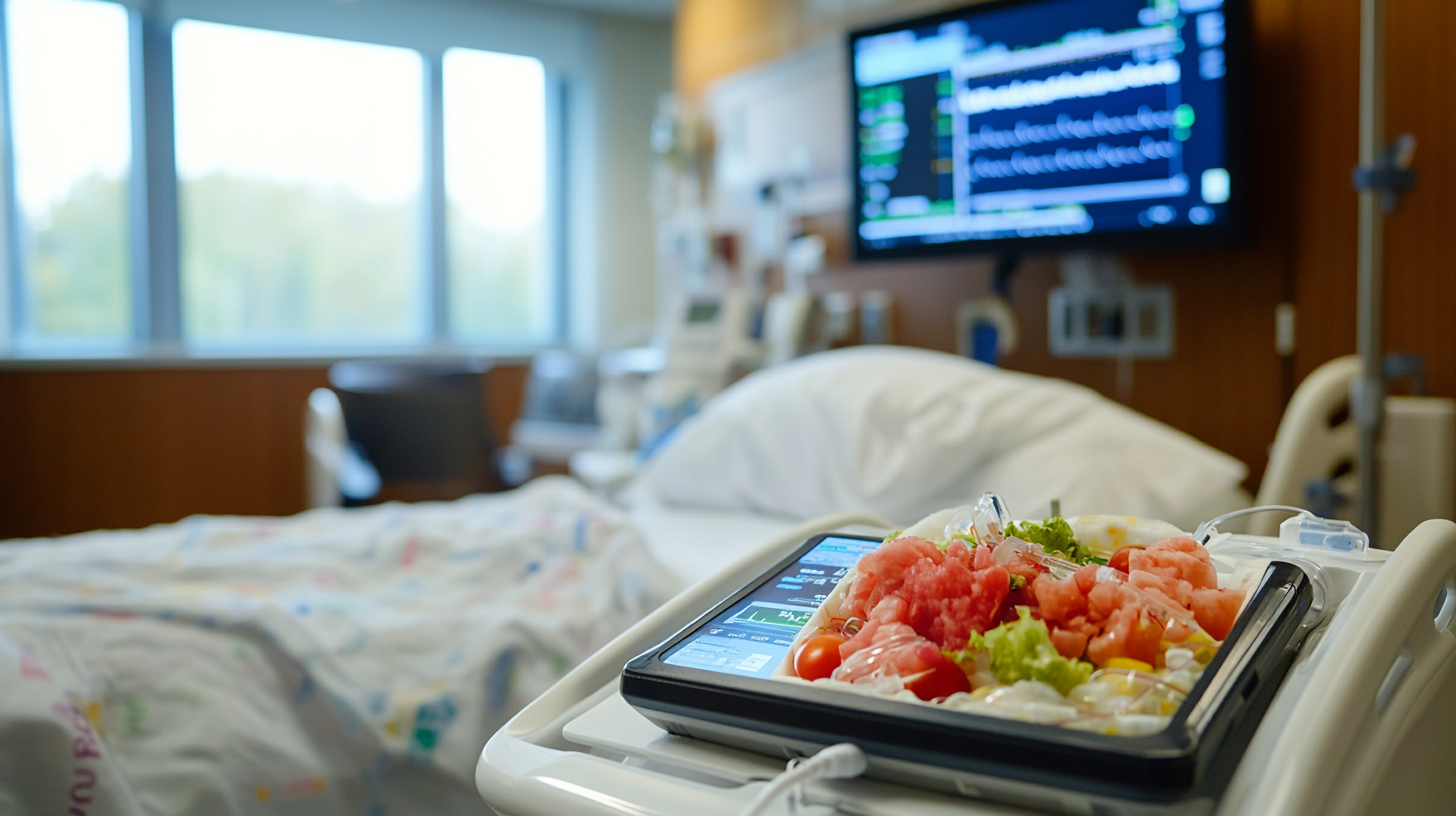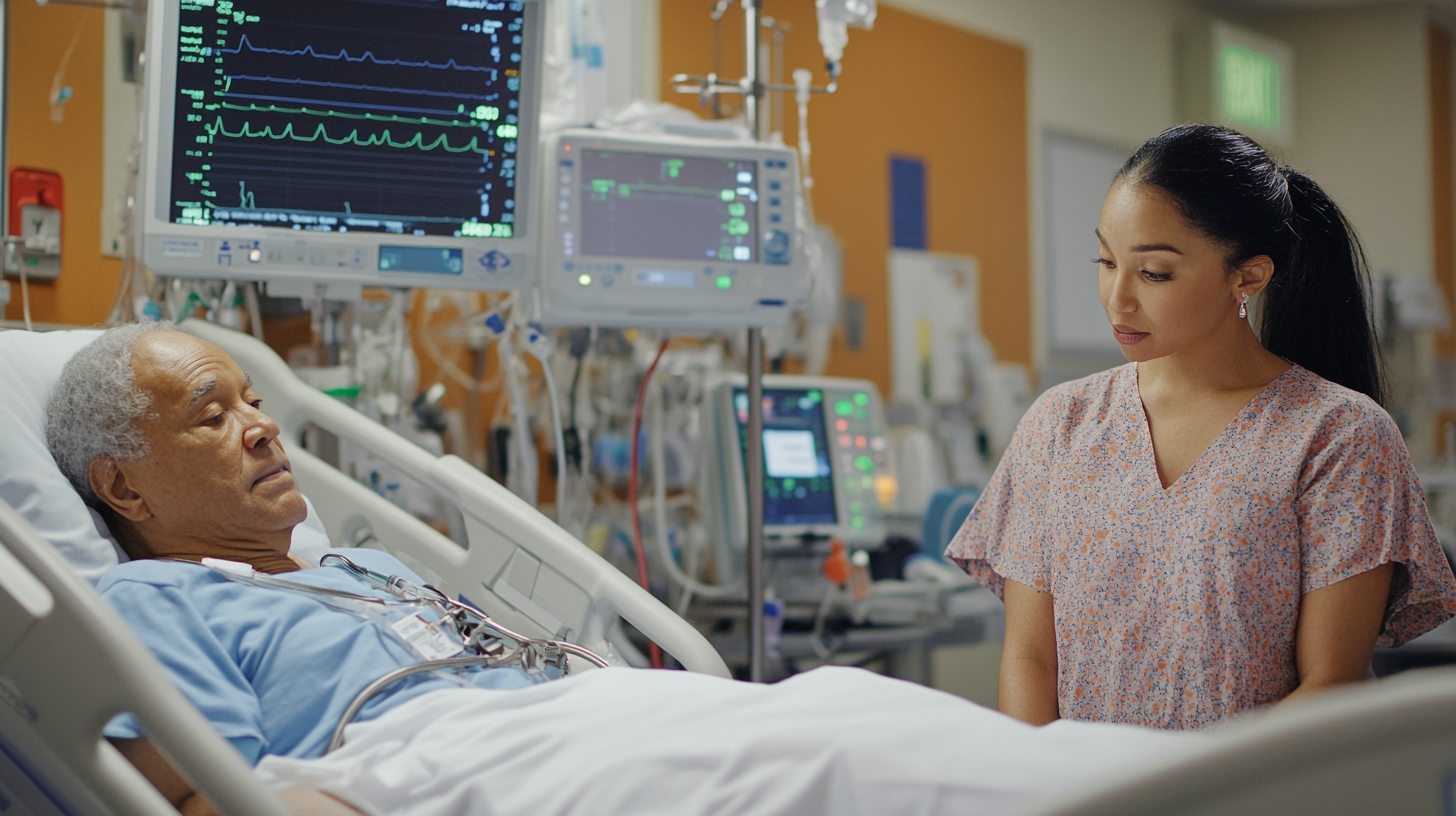Navigating Patient Monitor Compliance in Global Markets with Essential Certification Tips
In the rapidly evolving healthcare landscape, the importance of stringent compliance measures for medical devices, particularly Patient Monitors, cannot be overstated. As these devices play a critical role in monitoring patient vitals, ensuring they meet regulatory requirements in global markets is paramount for manufacturers and healthcare providers alike. Organizations face an increasingly complex web of regulations that vary by region, which can impact their ability to bring vital monitoring solutions to market swiftly and efficiently.
Understanding the nuances of certification processes is essential for navigating these challenges. This blog aims to provide insightful guidance on achieving compliance for Patient Monitors across different jurisdictions. By exploring essential certification tips, we will empower stakeholders to address regulatory expectations confidently, enhance patient safety, and streamline their product launch strategies. Join us as we delve into the key elements of ensuring compliance and the best practices that can facilitate successful market entry for Patient Monitors worldwide.

Understanding the Importance of Compliance in Global Patient Monitoring Markets
In the rapidly evolving global patient monitoring market, compliance with various regulatory standards is paramount. Ensuring that equipment meets these compliance requirements not only safeguards patient safety but also enhances the credibility of manufacturers in an increasingly competitive landscape. With varied regulations across regions—ranging from the FDA's rigorous standards in the United States to the EU's MDR—navigating this complex terrain is a crucial task for companies looking to expand their reach. Understanding the importance of compliance is essential for several reasons. First, it protects patients by ensuring that the devices are safe and effective. This commitment to safety fosters trust among healthcare providers and patients alike, which is vital for long-term success. Additionally, non-compliance can lead to severe penalties, including hefty fines and product recalls, which can cripple a company’s reputation and financial stability. Furthermore, adhering to compliance standards can streamline the product development process. Engaging early with certification bodies and understanding the specific requirements can create a clear roadmap, reducing delays in market entry. Companies that prioritize compliance not only secure their current operations but also position themselves for sustainable growth in an interconnected global market, where patient safety is non-negotiable.

Key Regulatory Frameworks Impacting Patient Monitor Certifications Worldwide
In the rapidly evolving field of medical devices, patient monitors are critical tools that require strict adherence to various regulatory frameworks across different global markets. Understanding these frameworks is paramount for manufacturers aiming to ensure compliance and facilitate smooth entry into international markets. Each region has its own set of regulations that dictate how patient monitors should be designed, tested, and certified. For instance, the FDA in the United States has stringent requirements outlined in the 21 CFR part 820, which emphasizes the importance of quality management systems for device manufacturing.
In Europe, the Medical Device Regulation (MDR) sets forth comprehensive guidelines that cover everything from clinical evaluations to post-market surveillance. Manufacturers seeking CE marking must navigate these intricate regulations, ensuring that their devices meet the necessary safety and performance standards. Additionally, emerging markets, such as those in Asia and South America, are increasingly developing their own regulatory requirements, which can vary significantly. This necessitates that companies stay informed about regional updates and adapt their compliance strategies accordingly.
Moreover, gaining an understanding of global standards like ISO 13485 can give manufacturers an edge, as this standard focuses on the quality management systems that underpin effective medical device production. By prioritizing compliance with these key regulatory frameworks, manufacturers not only enhance the safety and efficacy of their patient monitors but also build trust with healthcare providers and patients globally. This proactive approach can ultimately pave the way for successful market expansion and greater acceptance of life-saving technology.

Essential Tips for Achieving CE Mark and FDA Approval for Patient Monitors
Achieving compliance for patient monitors in global markets starts with understanding the essential certifications like the CE Mark and FDA approval. These certifications not only ensure quality and safety but also enhance market access and consumer trust. Navigating the complex regulatory landscapes can be daunting, but with the right strategies, manufacturers can streamline the certification process.
To begin with, it’s crucial to conduct thorough pre-market research. Understanding the specific requirements for CE Mark and FDA approval is a vital step. For CE Marking, familiarity with the European Medical Device Regulation (MDR) is essential, as it outlines the stringent safety and performance criteria that devices must meet. Conversely, for FDA approval, manufacturers should focus on Class I, II, or III classification systems to determine the appropriate review process. Engaging with regulatory consultants can provide insights into these requirements and aid in the development of compliant products.
Furthermore, keeping detailed documentation throughout the product development process is imperative. This includes maintaining records of design controls, risk management, and verification activities. For the CE Mark, demonstrating compliance with relevant harmonized standards can significantly simplify the process, while for the FDA, thorough preclinical and clinical testing data is indispensable. By prioritizing quality in every phase, manufacturers can not only enhance the likelihood of obtaining necessary certifications but also ensure their patient monitors meet the highest safety and efficacy standards for this critical market.

Addressing Common Compliance Challenges in International Patient Monitoring Devices
Navigating the landscape of international patient monitoring device compliance can present several challenges for manufacturers aiming to achieve market entry and sustain growth. One of the most pressing issues is the variation in regulatory requirements across different regions. According to a report published by the International Medical Device Regulators Forum (IMDRF), approximately 30% of medical device recalls are attributed to non-compliance with local regulations. This highlights the vital importance of understanding the specific compliance demands in each market.
Another common compliance challenge lies in the complex approval processes required for patient monitoring devices. A 2022 survey by Medtech Europe revealed that over 60% of companies faced delays due to inadequate understanding of regional certification standards. For instance, the European Union’s Medical Device Regulation (MDR) mandates a stricter clinical evaluation process compared to the previous directives, placing additional pressure on manufacturers to provide robust evidence of safety and efficacy for their devices.
Moreover, manufacturers must also navigate diverse quality management system requirements, which can significantly differ from one region to another. The FDA’s Quality System Regulation (QSR) in the United States contrasts with ISO 13485 standards adopted by many countries, complicating the path for compliance. As organizations strive to design devices that meet these varying standards, they must invest not only in understanding the regulatory landscape but also in building a culture of compliance — a practice that can mitigate the risk of penalties and foster trust among stakeholders. By taking such measures, manufacturers can effectively address these compliance challenges and support the delivery of safe and effective patient monitoring solutions worldwide.
Monitoring Market Trends: Data Insights on Regulatory Developments and Compliance Needs
As the global healthcare landscape evolves, patient monitor compliance is becoming increasingly complex. Regulatory developments vary significantly across different regions, reflecting local health priorities and safety standards. Understanding these trends is crucial for manufacturers seeking to penetrate or expand within international markets. By staying informed about the latest updates and requirements, companies can ensure their products not only meet compliance standards but also align with market needs.
Data-driven insights reveal that regulatory bodies are actively updating their guidelines in response to emerging technologies and health threats. For instance, the rise of telemedicine has prompted agencies to adapt their policies, ensuring patient monitors are compatible with remote monitoring solutions. Compliance with these newly introduced regulations often requires thorough research and strategic planning, enabling manufacturers to avoid potential pitfalls and enhance product acceptance among healthcare providers.
Moreover, analysis of market trends indicates a growing emphasis on user-centric design in patient monitoring systems. Regulatory frameworks are now considering not just safety and efficacy but also the usability and accessibility of devices. This represents a shift towards a more holistic approach in compliance standards, which is essential for boosting patient outcomes. Manufacturers equipped with this knowledge can leverage it to improve their product offerings and gain a competitive edge in diverse markets.


